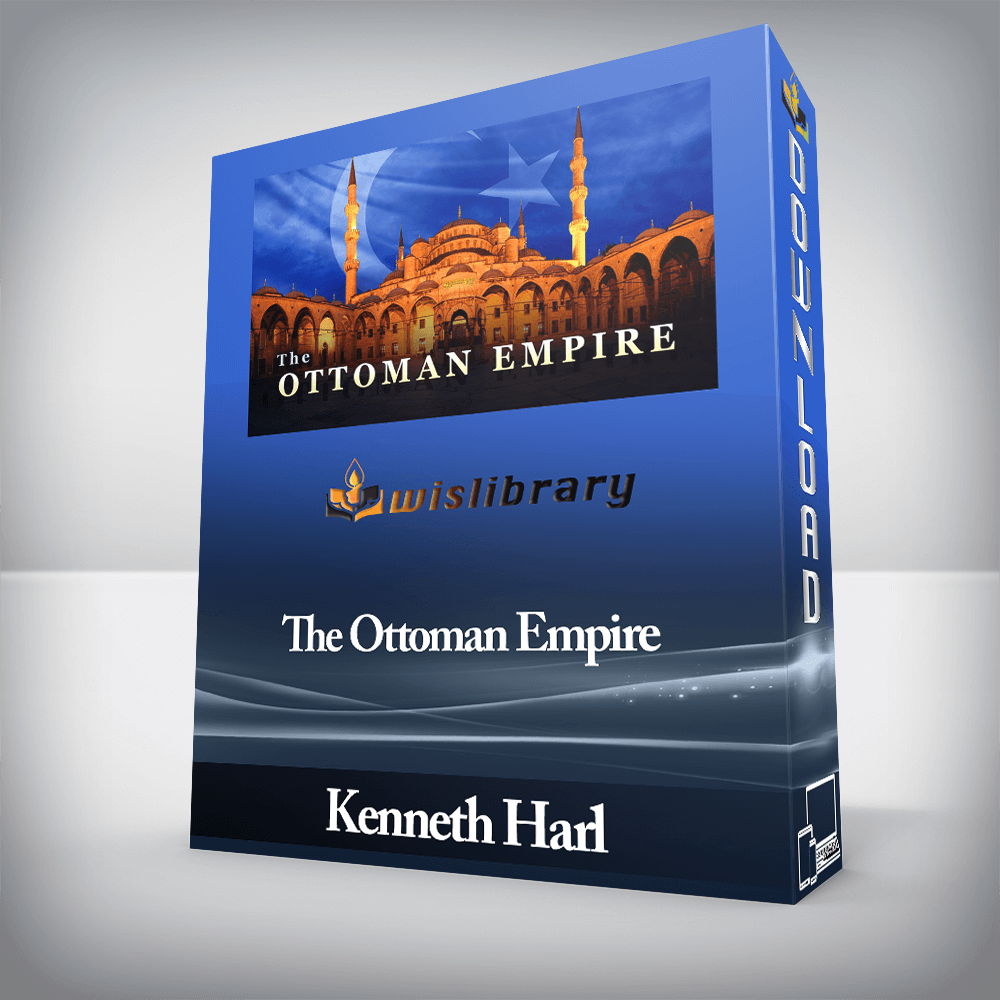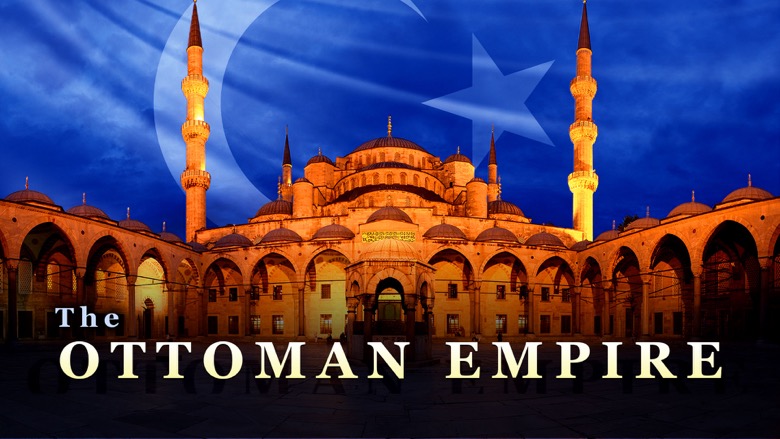


We will be looking largely at archeological evidence and analysis done by anthropologists because we are operating largely in a world without writing.
Institution: Tulane University
Alma mater: Yale University
When confronting the future, nations and civilizations always look to the past for guidance, lessons, and a shared sense of purpose and meaning. For the peoples of the Middle East, that immediate past is the Ottoman Empire.
In the West, we often overlook the fact that the achievements of the Ottoman Empire at the zenith of its power matched those of contemporary Western Europe – as well as the other great Islamic states of Safavid Iran and Mughal India. According to Kenneth W. Harl, award-winning professor of Classical and Byzantine history at Tulane University, “the cultural achievements of Ottoman civilization still endure, and they speak of a wealthy and sophisticated Islamic civilization.”
It is by understanding the vast, dramatic story of the Ottoman Empire – from its early years as a collection of raiders and conquerors to its undeniable power in the 15th and 16th centuries to its catastrophic collapse in the wreckage of the First World War – that one can better grasp the current complexities of the Middle East, including geopolitical tensions between Turkey and its Balkan and Middle Eastern neighbors, the sustained political and cultural power of Islam, and the balancing act between religious tradition and cultural modernity.
What made the Ottoman Empire such a match with the empires of the early modern world? What, in fact, made this empire unlike any other in human history? What forces were responsible for shaping this brilliant civilization—and what forces led to its ultimate destruction? These are just some of the questions you’ll explore alongside Professor Harl in The Ottoman Empire. Over the course of 36 historically rich and enlightening lectures, you’ll investigate more than 600 years of history that cover the nature of Ottoman identity, the achievements and oddities of the Sultan’s court, and stories of confrontation and cooperation with the West. The result: a better appreciation for the ways in which the Ottomans created a unique way of life – and how that way of life echoes throughout Europe and across the Middle East.
From “Sublime Porte” to “Sick Man”
To the emissaries of King Francis I in 1536, the Ottoman Empire was called the “Sublime Porte,” referring to the magnificence of the high gate within the empire’s grand Topkapı palace complex. More than 200 years later, Tsar Nicholas I referred to the empire— beginning to lose territory and power—as “the Sick Man of Europe.” Less than 100 years after that, the empire disappeared.
The Ottoman Empire guides you through the rise, flourishing, and fall of one of the most powerful forces in history in a way that makes historical themes and ideas easy to understand. Working chronologically from the empire’s medieval roots to its rebirth as the modern republic of Turkey, Professor Harl groups the lectures around a series of historical moments and themes.
People, Events, and Themes that Made an Empire
Befitting a story of such epic scope and grandeur, every lecture of The Ottoman Empire is a treasure trove of historical nuggets and fascinating insights into the people, events, themes, and locales responsible for shaping the story of this often overlooked empire.
Told with Professor Harl’s characteristic detail and insight, these and other topics are just a few of what you’ll find laid in these 36 lectures.
A Fascinating Story Told by a Great Storyteller
Over the years, Professor Harl has been acclaimed by lifelong learners for his ability to untangle historical complexities and recreate the thrill of making historical connections. As a seasoned member of The Great Courses faculty, his expertise in the Classical and Byzantine eras (including scholarly work on classical Anatolia) makes him the perfect guide through centuries of fascinating history.
The winner of numerous teaching awards, including Tulane University’s Sheldon Hackney Award for Excellence in Teaching (on two occasions), Professor Harl has a preternatural ability to make the intricate layers and interconnections of an entire civilization’s history graspable.
A visually rich course, the video editions of The Ottoman Empire come complete with helpful maps that show the historic expansion (and contraction) of the empire; portraits that put a face with some of the many people you encounter in these lectures; photographs and illustrations of Ottoman architecture, illuminated manuscripts, and historic landscapes; and much more.
Welcome to a fascinating story of the triumph and tragedy, war and peace, intellectual progress and civil insurrection of a great empire that, for all its glory and grandeur, has left an important legacy that will shape the future of the Balkan nation-states, the Turkish Republic, and the Arab world – and those of us in the West as well.
1Sublime Porte: Visions of the Ottoman Empire
2Seljuk Turks in Asia Minor
3The Islamization of Asia Minor
4Ottoman Sultans of Bursa
5Defeat and Recovery, 1402–1451
6Mehmet the Conqueror, 1451–1481
7Selim the Grim and the Conquest of Cairo
8Suleiman the Magnificent, 1520–1566
9Sultans in Topkap?, 1566–1648
10The Sultan-Caliph and His Servants
11Timariots, Peasants, and Pastoralists
12Trade, Money, and Cities
13Arabs under the Ottoman Caliph
14Christians and Jews under the Porte
15Sunni Islam and Ottoman Civilization
16Ottoman Constantinople
17The Sultan at War: The Ottoman Army
18Sultan and Shah: Challenge of Safavid Iran
19Sultan and Emperor: War in the West
20Sultan and Venice: War in the Mediterranean
21Köprülü Viziers and Imperial Revival
22The Empire at Bay, 1699–1798
23Napoleon Invades Ottoman Egypt
24Crisis: Muhammad Ali and Balkan Nationalists
25Tanzimat and Modernization, 1839–1876
26Defeat and Retreat: The Sick Man of Europe
27The Sultan Returns: Abdül Hamid II, 1876–1908
28Constitutional Reform, 1908–1913
29War in Libya and the Balkans, 1911–1913
30The Road to World War I
31The Empire at Total War, 1914–1916
32Ottoman Collapse, 1916–1918
33Mustafa Kemal, Atatürk
34Casualties of War and Ethnic Cleansing
35The Emergence of the Turkish Republic
36Nation-States, Islam, and the Ottoman Legacy
There are no reviews yet.
You must be <a href="https://wislibrary.net/my-account/">logged in</a> to post a review.